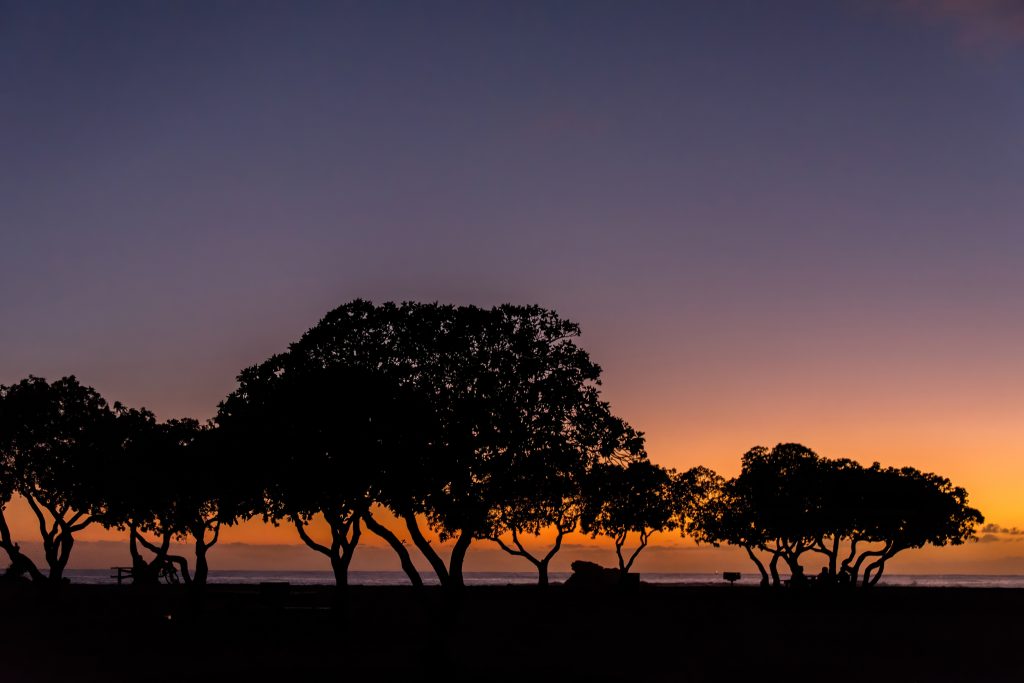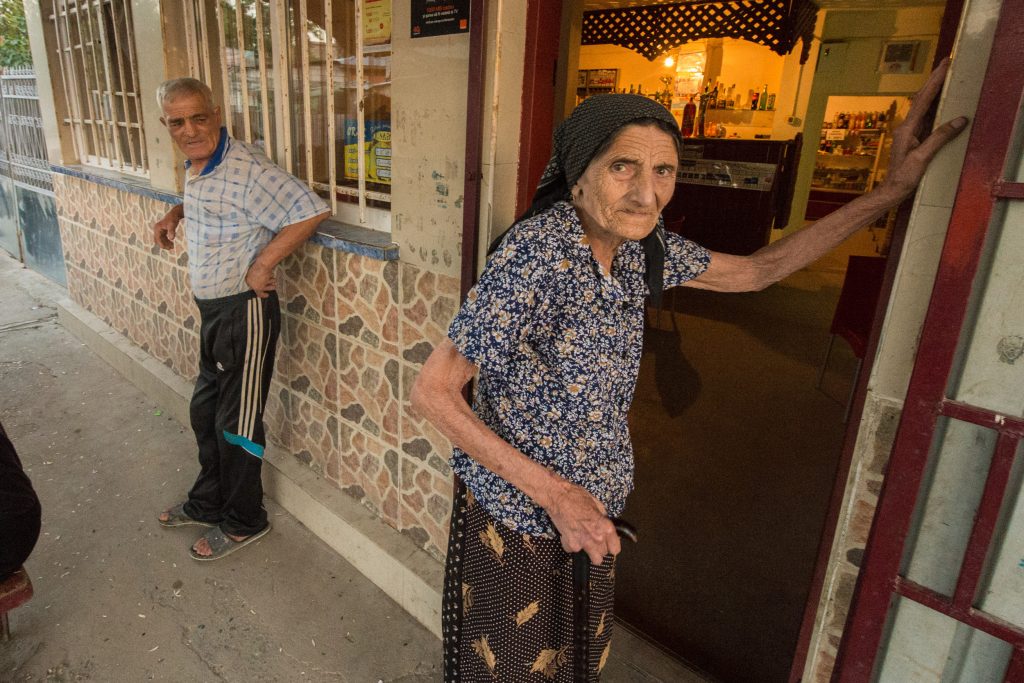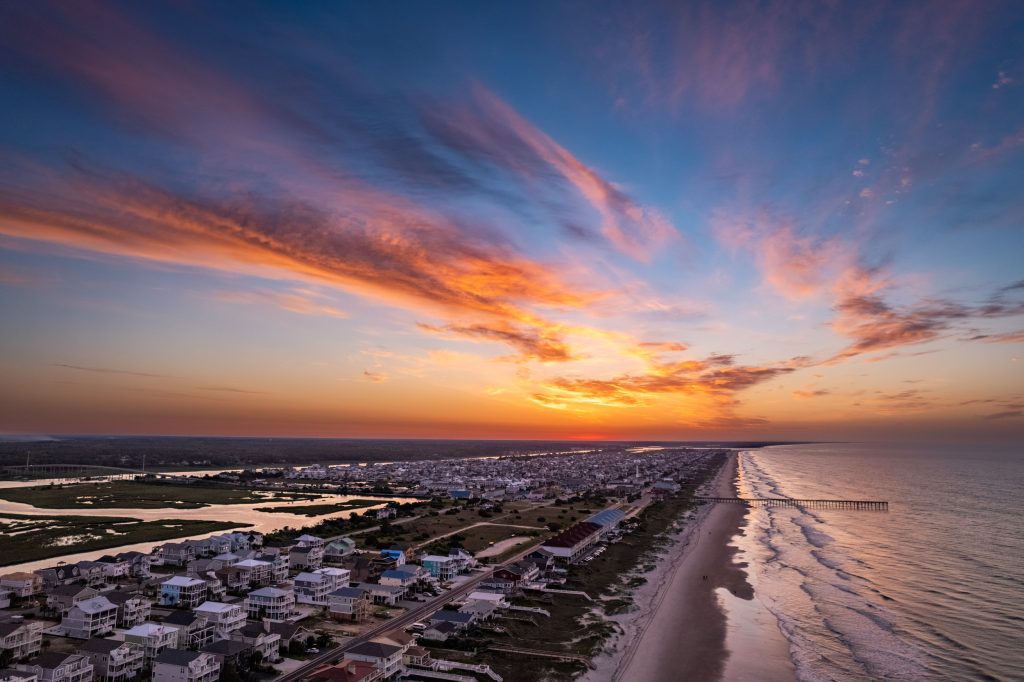Photography enthusiasts and professionals alike have long revered the magical moments of the golden hour. This period, occurring just after sunrise and just before sunset is characterized by its warm, soft light, creating an ideal atmosphere for capturing stunning, naturally-lit photos. As trends in photography shift towards more authentic and less edited images, golden hour lighting remains a steadfast favorite.

The Beauty of Golden Hour
Golden hour lighting is renowned for its natural warmth and softness. During these times, the sun’s low angle results in longer shadows and a diffused light that wraps gently around subjects. This creates a natural glow that is difficult to replicate with artificial lighting or post-processing.
- Warm Tones: The golden hues during this time add a natural warmth to photos, enhancing skin tones and landscapes alike. This warm light can make even ordinary scenes look extraordinary, infusing them with calm and beauty.
- Soft Shadows: The light during golden hour is diffused and less harsh than the midday sun. This results in softer shadows that add depth to images without the stark contrast often seen in harsh daylight.
- Enhanced Textures: Low-angle light enhances textures, revealing details in landscapes and portraits. Whether it’s the rugged surface of a mountain or the subtle lines of a face, golden hour light beautifully accentuates these features.

Tips for Capturing Golden Hour Photos
Maximizing the potential of golden hour lighting requires some planning and technique. Here are some tips to help you make the most of this magical time of day:
- Plan Ahead: The golden hour is fleeting, so preparation is crucial. Use apps or online tools to determine the exact timing of sunrise and sunset in your location. Arrive early to scout your location and set up your equipment.
- Use a Reflector: A reflector can help you control the light and reduce shadows, especially for portrait photography. Reflectors bounce light back onto the subject, filling in shadows and creating a more even lighting effect.
- Experiment with Angles: Don’t be afraid to change your perspective. Shooting with the sun behind your subject can create beautiful backlighting and flares, while side lighting can enhance textures and add depth.
- Shoot in Manual Mode: Golden hour light changes rapidly, so manual mode allows you to adjust your settings on the fly. Pay attention to your exposure, as the light can vary significantly from one moment to the next.
- Capture the Glow: Take advantage of golden hour’s natural glow. This is the perfect time for silhouette shots, lens flares, and capturing sunrays filtering through trees or buildings.

Why Golden Hour is a Timeless Trend
The shift towards more natural and less edited photography underscores the enduring appeal of golden hour lighting. In a digital age where images are often heavily processed, the authenticity and simplicity of golden hour photos stand out. This trend celebrates the inherent beauty of natural light, aligning with a broader movement toward authenticity in visual storytelling.
Golden Hour offers photographers a unique opportunity to create visually striking and emotionally resonant images. The warm, natural light enhances the photos’ aesthetic quality and evokes a sense of peace and tranquility. As we continue valuing authenticity and natural beauty in photography, golden hour lighting will remain a cherished technique for capturing genuinely stunning images.

[NIKON D4, 14.0-24.0 mm f/2.8, Mode = Aperture Priority, ISO 12800, 1/160, ƒ/9, (35mm = 14)]
Conclusion
Golden hour lighting embodies the perfect blend of natural beauty and photographic potential. Its warm, soft light creates an ideal setting for capturing visually stunning and authentically real moments. As the trend towards naturally lit photography grows, golden hour remains a beloved and timeless technique for photographers worldwide. So, set your alarm early or prepare for a late afternoon shoot, and let the magic of golden hour transform your photography.


